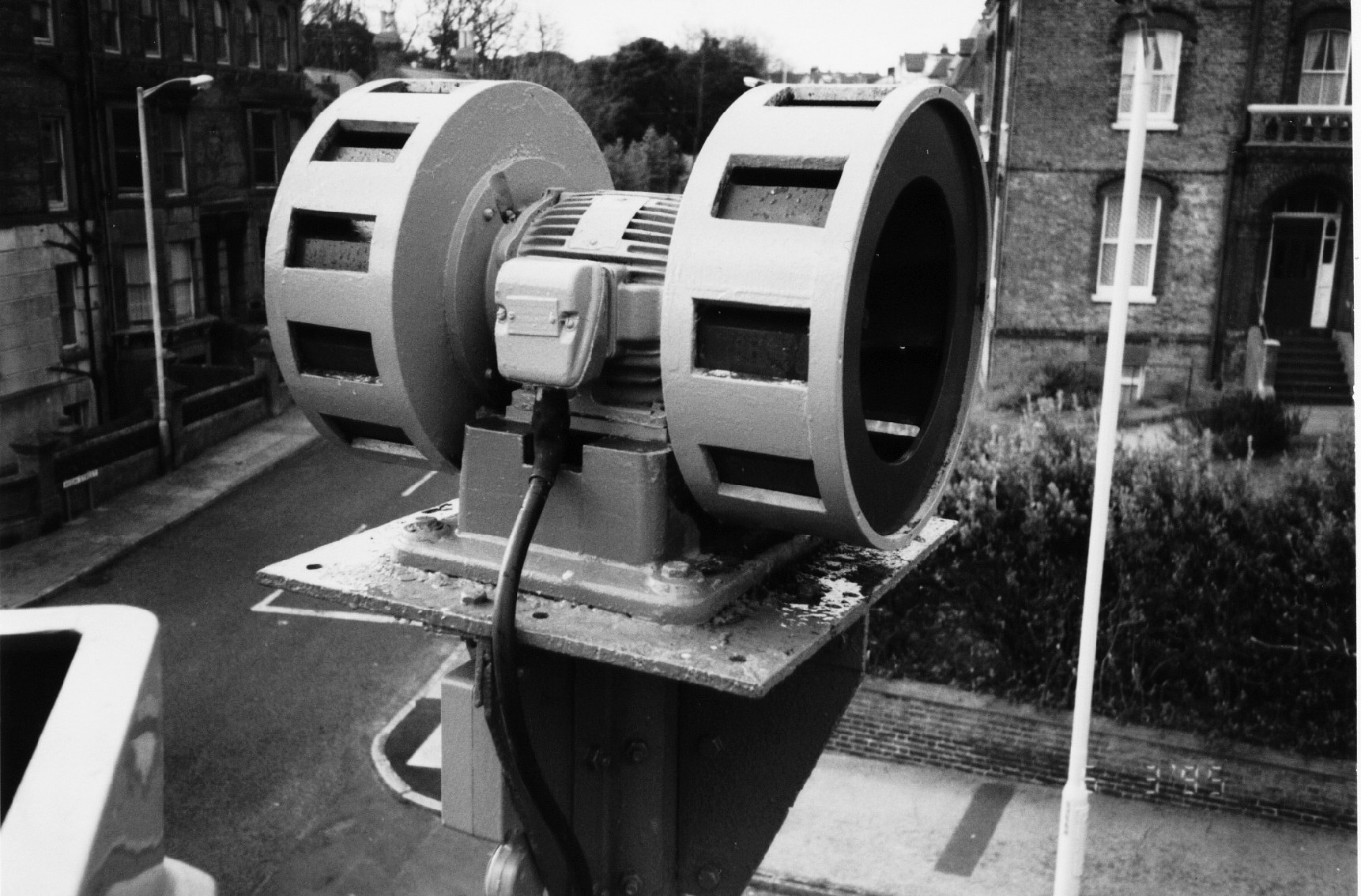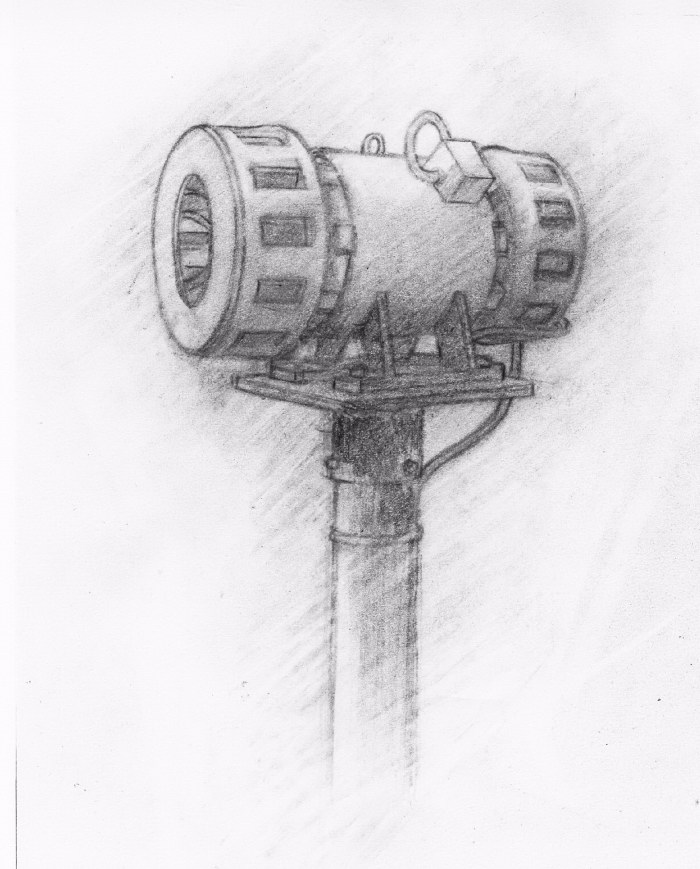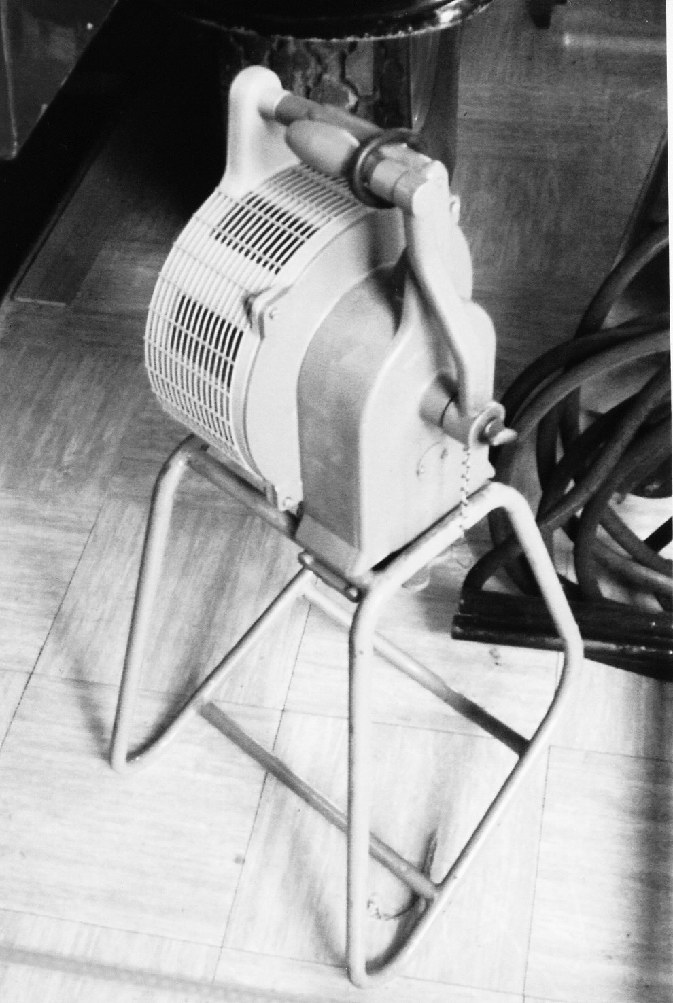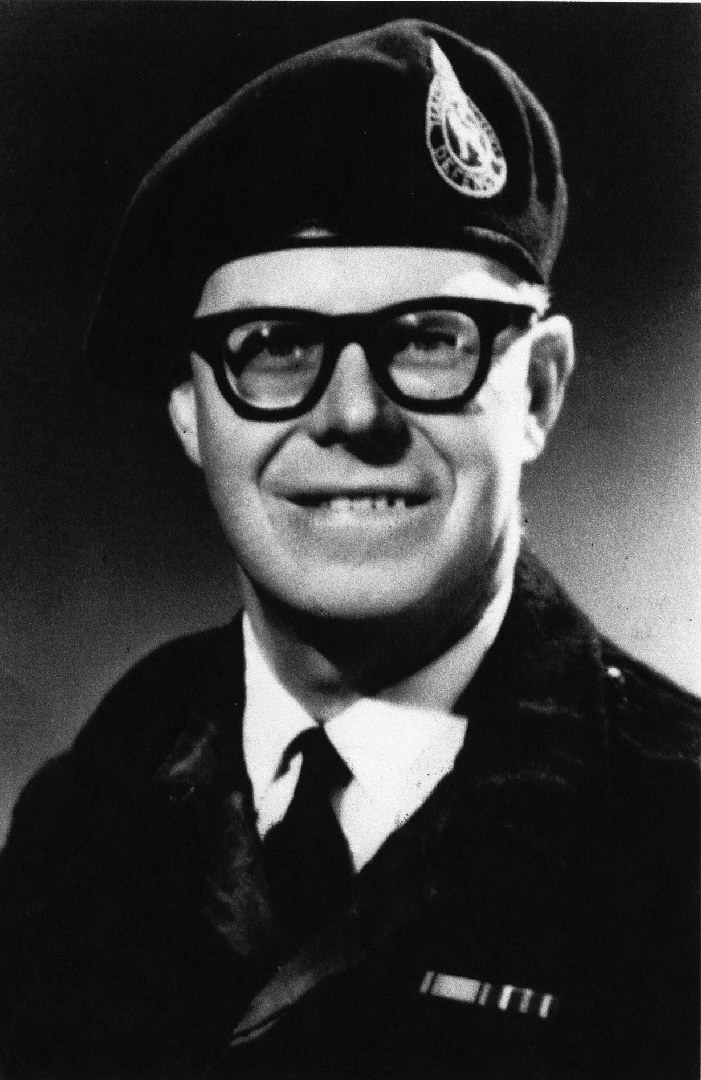Moaning Minnie | Click here to buy the book or veiw our other local books When I produced this book it occurred to me that the decedents of the people named in it might want a means of communicating with each other, if you click here you can leave comments for others to see, you don't have to join anything or fill in any forms, you can even comment anonymously should you wish to.
Moaning Minnie
Moaning Minnie
Thanet's Civil Defence Sirens

Steve Moore and Alan Moore
First published by
Michaels Bookshop Ramsgate
© Steve Moore and Alan Moore 2007
Thanet's Civil Defence Sirens
Contents:
INTRODUCTION
WORLD WAR II
THE COLD WAR
HOW THE SIRENS WORKED
THANET'S SIRENS
SAVE THE WAIL
CONCLUSION
APPENDIX 1
Location of Thanet's civil defence sirens just before the UK network was de-commissioned 1993/4
APPENDIX 2
Known previous locations of Thanet's sirens
List of Sources & Acknowledgements
Photographs and sketches copyright © Steve Moore unless otherwise stated
Front cover photograph siren at Dane Valley Road, Margate. Photograph by Paul Morgan
Inside front cover photograph siren at South Eastern Road, Ramsgate Photograph by Paul Morgan
1 INTRODUCTION
A banshee-like sound rose in the night air, bestial and chilling. It wailed on and on. Finally its pitch began to lower and, so it felt to me, sink slowly down behind the rooftops. There it faded to a soft moaning. I half expected to hear the feet of Martian fighting machines, but none came, and the silence that ensued seemed strange.
The sound I had heard was one of Ramsgate's civil defence sirens, on this occasion summoning fire fighters to their station. Although it held no significance for me, then a small boy, the call of the siren had been urgent and menacing. I was aware that the distinctive sound (Moaning Minnie, as it was previously known) would be evoking uncomfortable memories for those who had lived through the air raids of the Second World War.
Sometimes I would cycle to the recreation ground at Coleman Crescent. From the swings I would gaze up at the siren perched above the backdrop of trees on its lofty pole. In the quiet summer warmth it was impossible to associate the silent mechanism with the eerie, disembodied wail it was capable of creating, and I was intrigued by it!
This little book gives a potted history of how the sirens were set up and used to warn of danger, and how they worked and were controlled. It also lists where sirens in Thanet district, (Kent, UK) were, and in a few cases still are, located.
The willingness of my father, Alan John Moore, to contribute to the content of this book has made this a very enjoyable project. Although only a young man when W.W.II ended, his recollections and extensive knowledge provide glimpses of what life was like in Thanet when the air raid sirens wailed, and have helped me interpret my source material.
Steve Moore
Every effort has been made to ensure that the content of this work is correct. However, no guarantee is given as to the accuracy of any part of it.
Publishers Note
It gives me great pleasure to publish Steve and Allen Moore's fascinating new book, I am certainly looking at the few remaining sirens in a new light. I have produced a new facility so that those of you who share an interest in our civil defence sirens can comment and communicate with each other, if you go to the michaelsbookshop.com website and find the page where this book is advertised you will find instructions on how to do this.
Michael Child Ramsgate 27th October 20072 WORLD WAR II
In 1938 the British government began to fear a war with Nazi Germany. This brought with it the frightening prospect of air-borne bombing raids. Three years previously the British Prime Minister, Stanley Baldwin, had invited local authorities to make plans to protect their people in the event of war. Not all authorities heeded this, and in 1937 the government decided to introduce an Air Raid Warden's service. With the threat of war, Prime Minister Neville Chamberlain ordered the Air Raid Precautions (ARP) volunteers to be mobilised.
In November 1938 Sir John Anderson commissioned the design of an outdoor air raid shelter small enough to be sited in back gardens. These “Anderson shelters” were first distributed to areas most expected to be bombed by the German Luftwaffe. To warn the public of air raids a network of sirens was established over 1938-1939. It was the responsibility of the police to position and maintain the sirens and of the Air Raid Wardens to organise their sounding at times of danger and to signal all clear.

Electrically powered air raid siren
(Typical W.W.II vintage)
The siren network was configured to reflect the density of population. The sirens were often mounted on high roofs, commonly on municipal buildings like town halls, police and fire stations and waterworks buildings or, where no suitable building was available in the vicinity, on freestanding poles. Reportedly, the first public air-raid siren was installed at Felixstowe Police Station.
In some locations in Britain steam powered hooters were employed to sound air-raid warnings. The first hooter-type siren was trialled at Eastbourne on July 29th 1938. The majority of sirens in the towns and cities, however, were powered by means of an electric motor. In rural areas hand powered sirens were often used.

Hand driven siren
Photo by kind permission of RAF Manston Spitfire
& Hurricane Memorial Trust
In 1939 the British Government issued a circular on air raid warnings:-
“When air raids are threatened, warnings will be given by sirens or hooters which will be sounded in some places by short blasts and in others by a warbling note, changing every few seconds. The warnings may be given by the police or air raid wardens blowing short blasts on whistles.”
“When you hear the warning take cover at once. Remember that most of the injuries in an air raid are caused not by direct hits by bombs but by flying fragments of debris or by bits of shells. Stay under cover until you hear the sirens sounding continuously for two minutes and the same note which is the signal “Raiders Passed”.”
Trial blackouts were held before the War. Air raid siren practice saw Eastbourne blacked out on 21 April 1939. Alongside Government advice booklets, a set of air raid precautions was featured as a set of cigarette cards. These, including pictures of rubber suited decontamination squads cleaning up after gas attack, frightened many people. Gas masks were issued to everyone, and these often had to be queued for. Recruiting went on for voluntary wardens, auxiliary firemen and heavy rescue squads.
In Ramsgate most able-bodied people with gardens dug out the hole for their Anderson Shelters, and Council workers fitted such shelters for the elderly. At Leonard's Avenue, where there were only tiny, concreted back gardens, residents fitted their shelters all together in a field opposite.
Britain's first air raid warning was sounded at 11-15am on September 3rd 1939. Civil Defence Officer Frank Buckley, on duty in Bristol at a garage converted into a fire station, was first to hit the red button. He described the adrenaline-filled moment.

I shall never forget that morning. It was a beautiful day, the sun was shining, and we were on standby for war. Chamberlain made his speech at 11-15 as we like others all over the country gathered around the radio.”
“That same minute the telephone rang with an “air raid warning red” from the Royal Observer Corps. I was the first to hit the red button. We could hear the Bristol siren start up and, still listening to the radio we heard the London sirens start up”.
Frank Buckley
Almost immediately after the Red Warning had been sounded, a call came through saying it was all clear. It had turned out to be a false alarm, and the White Warning (all clear) was then sounded.
Frank Buckley's colleagues used to joke that, having sounded the first siren, it was he who had “started the war”. There was talk that he might sound the all clear when the war ended, but that never happened in all the celebrations.